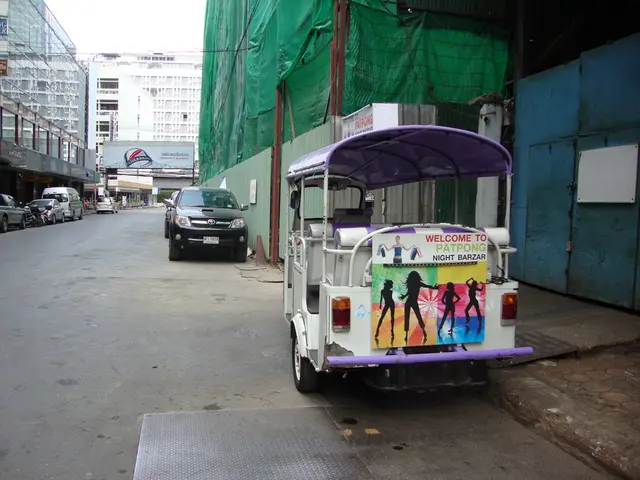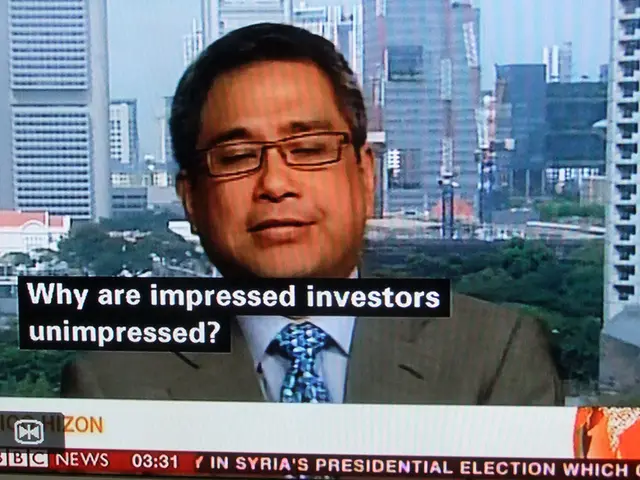Barrier-Free Accommodations in Bavaria: A Lackluster Effort
Grants distributed for accessible lodging opportunities - Insufficient Assistance for Accessible Lodging Options
For a decade, funds to boost accessibility in smaller hotels and lodgings across Bavaria have flowed sparingly. Since 2014, less than a million euros from a special program known as "Barrier-Free Hospitality" has been distributed statewide, according to a state government response to an SPD inquiry. Unfortunately, not a cent trickled down to the Upper Palatinate region.
The objective behind this funding initiative is to assist smaller hotels, pensions, and eateries in their investments to enhance accessibility. Small and medium-sized enterprises in the hospitality industry are eligible, irrespective of the number of lodging spaces. This encompasses initiatives like ramps, accessible bathrooms, and amenities for those with hearing or visual impairments.
However, the government responded that accessibility investments under the Bavarian regional funding were often partial and not explicitly classified within the special program. Projects focused exclusively on accessibility were prioritized instead.
SPD: Making Bavaria inclusive for all visitors
Criticizing the government’s approach, SPD state representative Ruth Müller stated, "The Barrier-Free Hospitality program sounds promising, but it's clear the state government doesn't prioritize inclusive tourism. As our society ages, it becomes crucial to cater to guests with disabilities in restaurants and accommodations. Bavaria should be an attractive destination - for everyone."
Thomas Geppert, Director of the Bavarian Hotel and Guesthouse Association, was unsurprised by the low uptake. "The program ran during the COVID-19 pandemic, followed by an energy crisis and a hike in VAT on food. In such troubling times, businesses had greater concerns," Geppert explained. He also slammed the program’s stringent conditions. "In these trying times, it was hard for businesses to commit to a minimum investment of 30,000 euros, with funding rates of just 10 to 20 percent. Finances were tight, plain and simple." Geppert suggested, "The issue wasn’t disinterest in accessibility, but economic realities."
Resources:- High initial costs and renovation expenses are often difficult for small businesses to bear.- Awareness and information about funding options and advantages of accessible accommodations may be lacking.- The perceived complexity and bureaucracy involved in grant applications may deter some businesses.- Lower market demand for accessible accommodations among smaller establishments' clientele is also a concern.- Structural challenges linked to older buildings might hinder modifications.
- Despite the Community Policy aiming to increase accessibility in smaller hotels, pensions, and eateries across Bavaria through the Barrier-Free Hospitality program, less than a million euros has been distributed over the past decade, with none reaching the Upper Palatinate region.
- Moreover, the government admitted that accessibility investments under the Bavarian regional funding were often only partially funded and not explicitly classified within the special program.
- SPD state representative Ruth Müller criticized the government's approach, stating that Bavaria should prioritize inclusive tourism, especially as society ages and there is a growing need to cater to guests with disabilities in restaurants and accommodations.
- Thomas Geppert, Director of the Bavarian Hotel and Guesthouse Association, attributed the low uptake of the program to the challenging economic conditions businesses faced during the COVID-19 pandemic, energy crisis, and VAT hike on food.
- He also pointed out that the program's stringent conditions, such as a minimum investment of 30,000 euros with funding rates of just 10 to 20 percent, made it difficult for businesses to commit in such financially challenging times.
- In addition to economic factors, awareness and information about funding options for accessible accommodations, the perceived complexity and bureaucracy involved in grant applications, lower market demand among smaller establishments' clientele, and structural challenges from older buildings can also hinder investments in accessibility.







